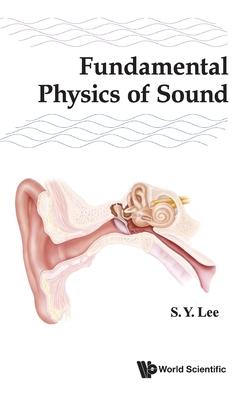This is a textbook on the basic sciences of sound. It contains sufficient latest information on the subject and is divided into four parts that fit into the semester structure.
The first part deals with basic Newton's second law of motion, simple harmonic oscillation, and wave properties. Newton's second law, "the net force is equal to the rate of change of momentum," is used to derive the speed of waves in a medium. The second part focuses on the psychoacoustics of our perception of three attributes of sound: loudness, pitch and timbre. The third part discusses the basic physics of some musical instruments and human voice. From the point of view of physics, musical instruments and human speech are similar. They are composed of a sound source and a resonator. Human ingenuity has produced various aesthetic-looking and ear-pleasing instruments for musicians to perform. Magical human evolution has also shaped our vocal folds and vocal tract so that we can dynamically change loudness, pitch, and timbre in an instant, in a manner that no other musical instrument can emulate. The fourth part includes electricity and magnetism, room acoustics, digital technology in acoustics, effects of noise on human hearing, and noise regulations for hearing protection that are relevant to sound wave production, transmission, storage, and human ear protection. Our ears are extremely sensitive. Without proper protection, loud noise including loud music can damage our ears. Government regulation and education serve as a first line of protection in working environments.
This small book is comprehensible, understandable and enjoyable to all eager students.
